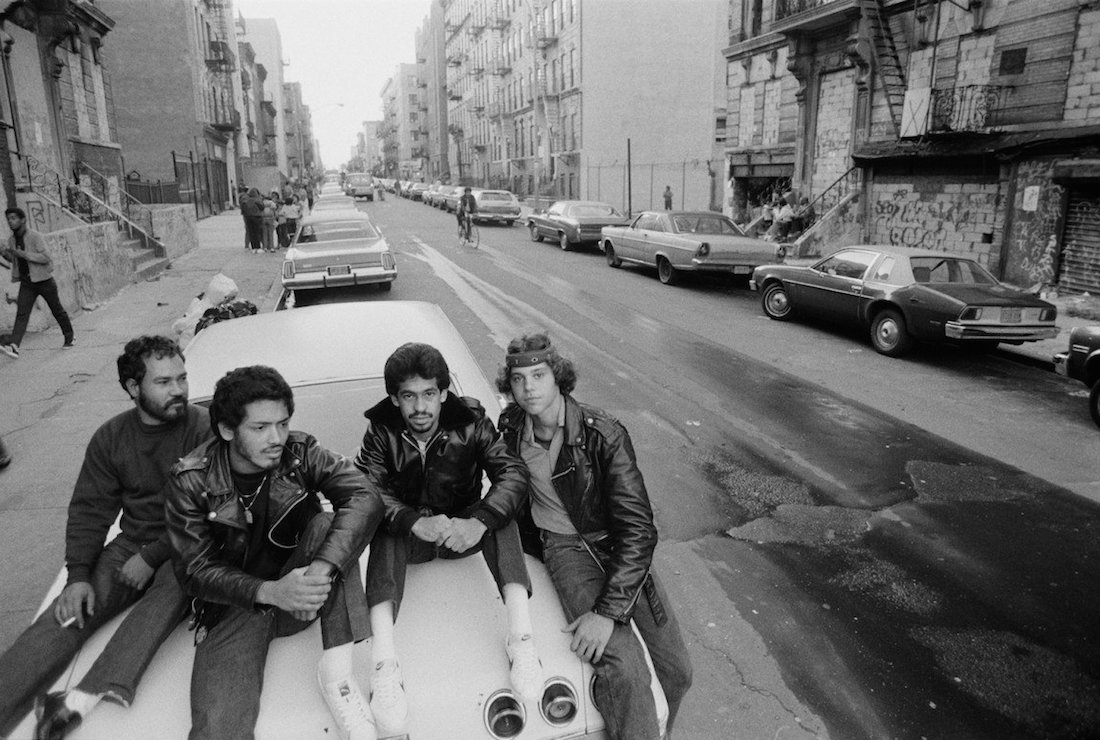The southside of Williamsburg is now a place to wait in line to buy rainbow bagels or catch a show at Baby’s All Right, but in 1984 it was a predominantly Puerto Rican enclave known as Los Sures. It is this impoverished yet vibrant part of Brooklyn and its inhabitants that are lovingly captured in the documentary Los Sures, a restored version of which is now screening in New York again, over 30 years later.
“When I discovered what was happening in that community in Williamsburg, it was something that really jumped at me in many ways,” says the documentary’s director, Diego Echeverria, who grew up in Puerto Rico.
While his family moved around during his childhood, he says, “Puerto Rico was always present in my life.” His sense of identity is closely intertwined with his formative years spent living on the island.
After graduating from Columbia University in film studies, Diego worked in network television, and his years in news and current affairs informed the cinéma vérité approach he took with Los Sures.
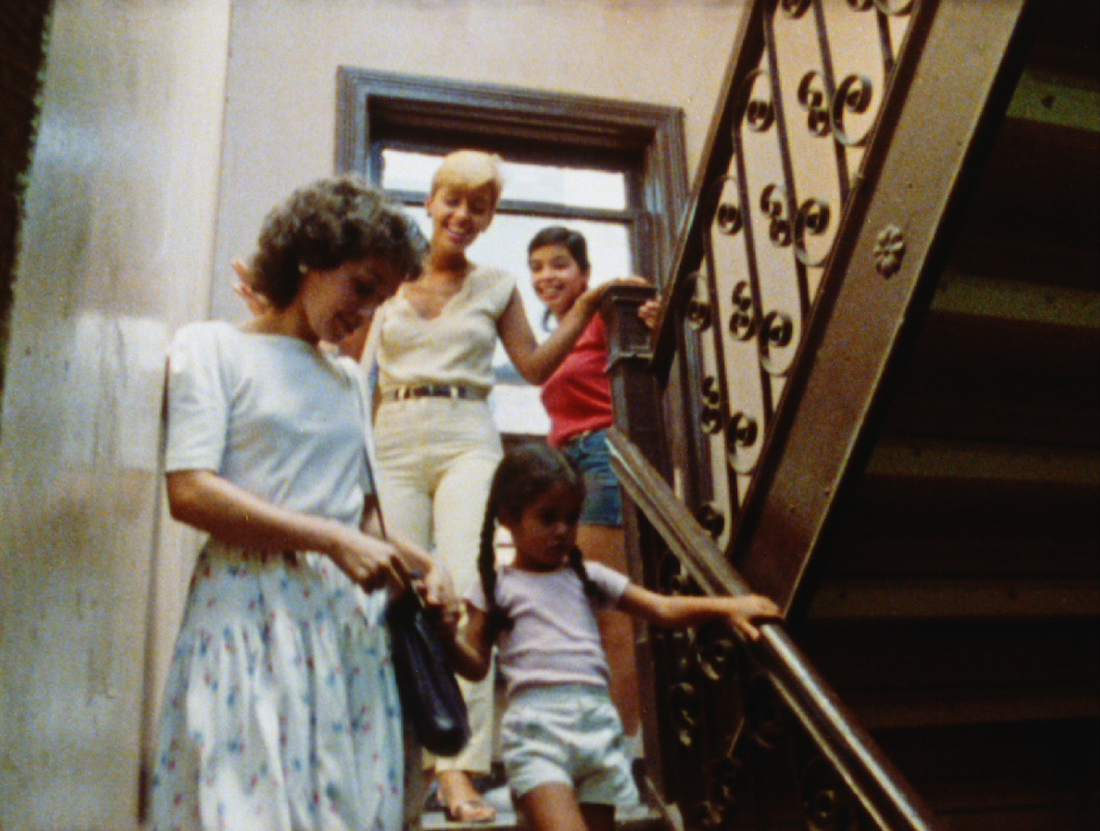
Rather than being another cynical movie about what New York used to be, the restored film reveals rare images and personal stories that uncover what made this community so distinctive. Shot in less than 10 months on a 16mm camera, the footage exposes how poverty and its challenges were interwoven with passion and energy in the everyday life of the Sures.
These struggles are brought to life through the touching tales of the five characters around which the movie is centred: Tito, a 20-year-old stealing cars to make a living; Marta, living with her five kids on welfare; Ana Maria, an avid church goer; Cuso, a 42-year-old construction worker, and Evelyn, a social worker trying to change the community.

By roaming the blocks of the neighborhood, starting conversations with its inhabitants and progressively building trust, Diego enabled each participant to reveal their own personal perspective on what it meant to be part of Los Sures. “It was important to tell stories that take you through different paths and reveal some very contrasting experiences,” he says.
The neighborhood itself is the sixth protagonist, he adds. “The film had to do with the environment, there was almost this other character that we needed to listen to.” Through the Sepia-like filter, the streets with their bright graffitied walls, the dominos being played in every corner, and the breakdancing battles, the movie communicates the creative energy that made the community so uniquely lively. It was this particular vibrancy and cohesiveness that Diego found so appealing in Los Sures and wanted to translate to the screen.
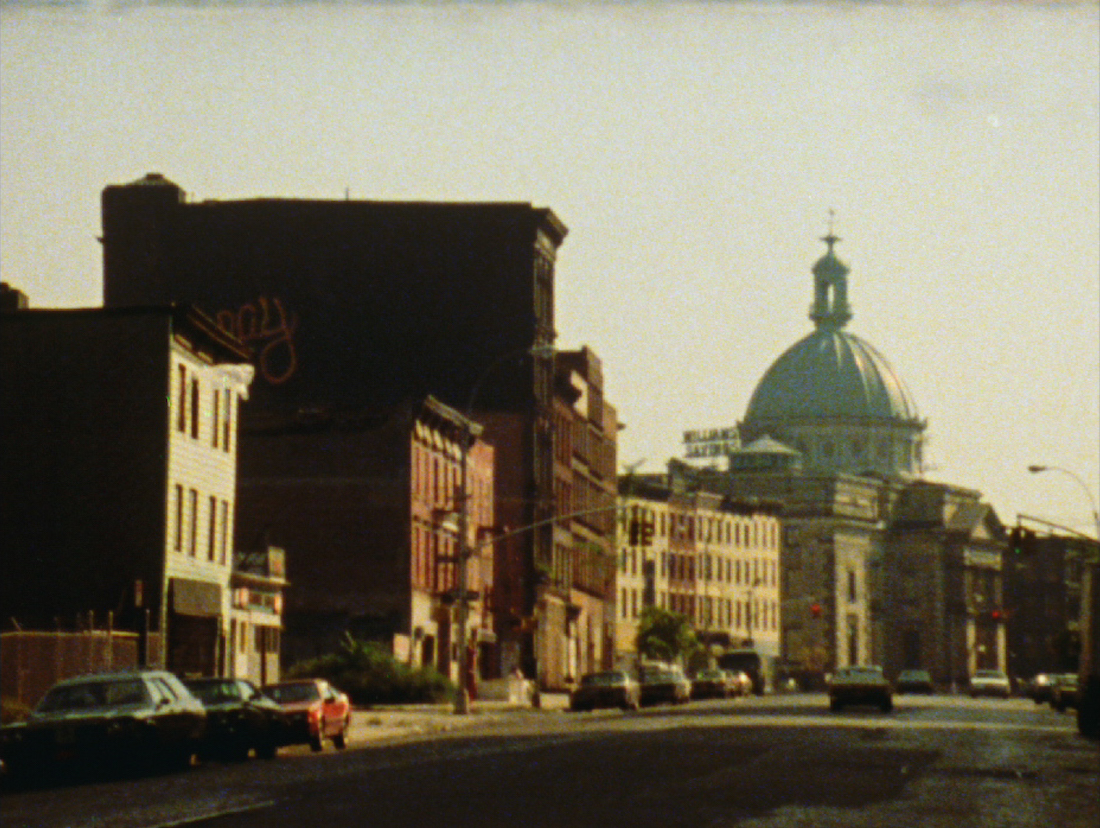
All this, however, happened almost 30 years ago. While the movie was featured in the New York Film Festival in 1986, Diego admits that since its release the documentary has mainly served academic purposes. Besides being used in urban anthropology and history classes, Los Sures, he says, “laid as a doormat for a long period of time.” It came as a surprise when UnionDocs, a Williamsburg centre for documentary art, called him up to restore his work in 2007.
UnionDocs, which focuses on supporting non-fiction works that shed light on untold stories and unique individuals, had to tackle several challenges in restoring Los Sures — a large one being that the original negatives had been misplaced. Following their successful work with the movie, the organization also went on to create Living Los Sures, a web-based project that encourages filmmakers to continue documenting the neighborhood.
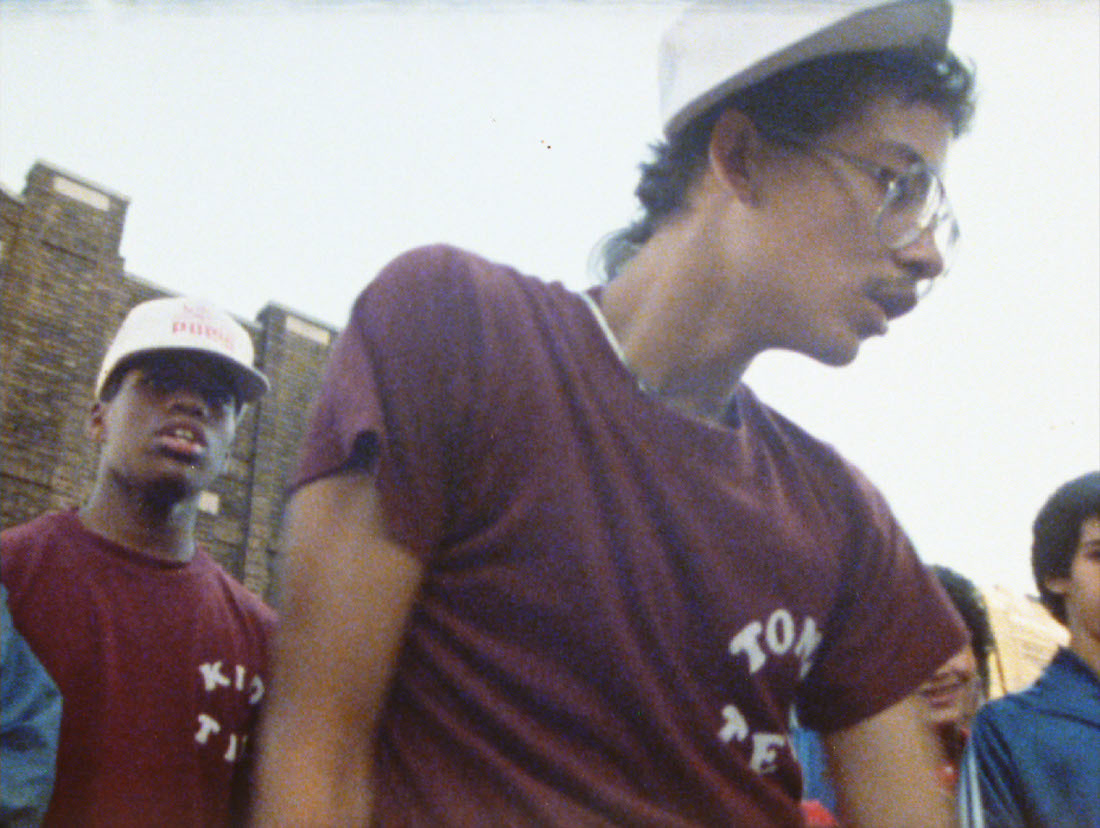
Despite its 1984 release date, in many ways the story Diego documented hasn’t aged. As the director explains, “It is in fact a reflection of the pain that immigrant groups often have to confront.” Watching the news, or the recent political debates, it’s clear that many of the challenges faced by the inhabitants of Los Sures in the early 80s are also faced by immigrant groups today, namely the displacement of communities and the economic pressures caused by real estate development.
When asked whether he perceives gentrification as a necessary step in the development of a city, Diego answers, “displacing people with no major planning, no major support system remains an issue.”
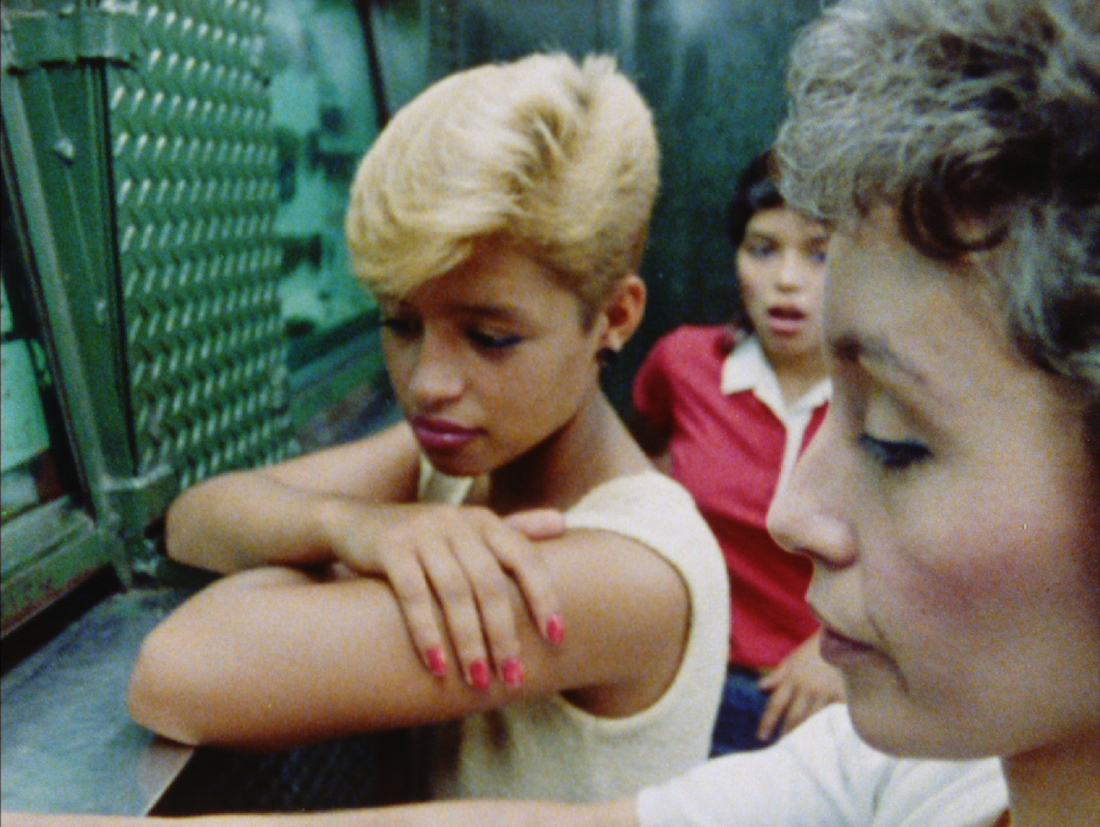
Having consciously stepped away from the top-down reporting approach for this documentary, Diego lets the Brooklyn neighborhood speak for itself. These images and stories will hopefully once again help audiences to remember that before the trendy Williamsburg that we have come to know, “There was a coherence as a community, something that was very strong,” says the filmmaker. This even appears as a parable for the transformations Bushwick and Bedford-Stuyvesant are currently undergoing. It’s this sense of loss that the modern viewer will discover in the moving depiction of Los Sures.
‘Los Sures’ opens Friday, April 15, and will play until April 21, at Metrograph in New York.
metrograph.com

Credits
Text Constance Haas
Stills from Los Sures courtesy Metrograph
